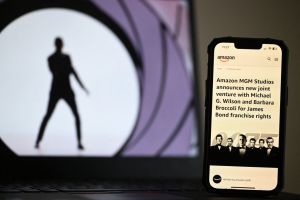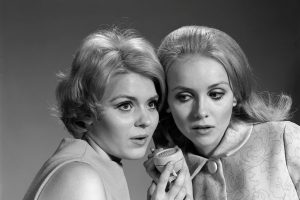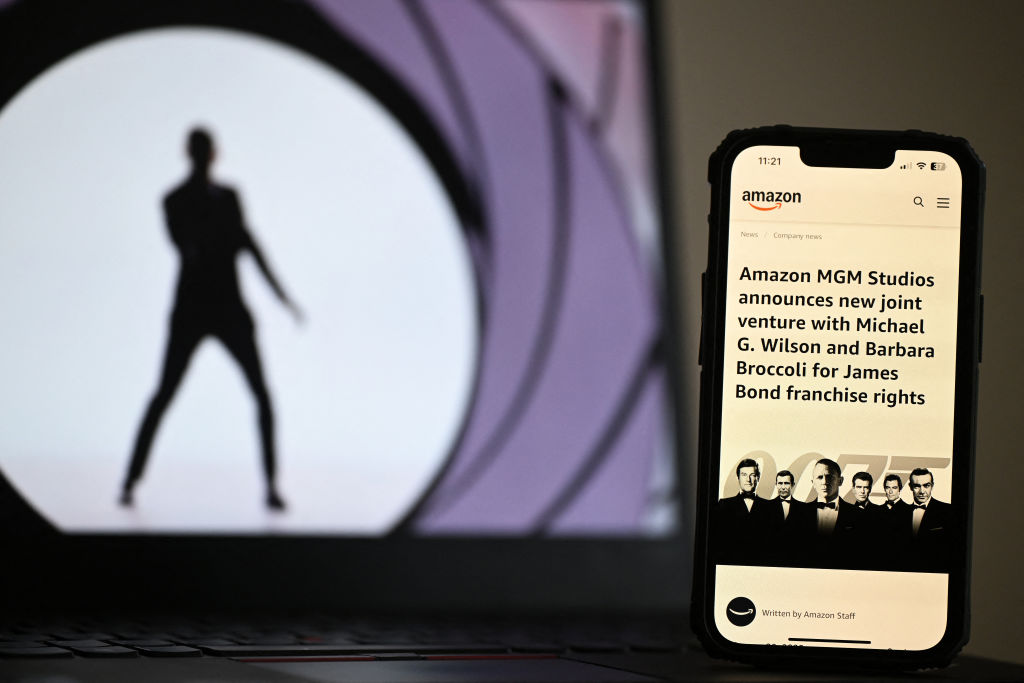At a private liberal arts college in Minnesota, art history is now Islamophobic. In October, an art history professor at Hamline University was teaching Islamic art, a segment that included two depictions of the Prophet Mohammed in fourteenth- and sixteenth-century paintings with significant historical value.
The professor alerted her students beforehand, careful to ensure that observant Muslims who object to the depiction of their prophet would not have to see him on screen.
It seems that the professor had done everything right: providing images of famous paintings for her students’ edification but allowing students to opt out of viewing them if doing so ran contrary to their religious beliefs.
But who are we kidding? This is a liberal arts college in the twenty-first century. Of course the incident was branded “Islamophobic” by students and faculty. And of course the professor was fired.
The student newspaper, the Oracle, called attention to the event in an article on November 18, calling it “Islamophobic.”
Yet even the newspaper reported that in a video it obtained of the lecture, “the professor gives a content warning and describes the nature of the depictions to be shown and reflects on their controversial nature for more than two minutes before advancing to the slides in question.”
This didn’t stop students in the Muslim Student Association from complaining about the “harm” that was done to them — and it didn’t keep the university administration from throwing the professor under the bus.
The chairman of the university’s religion department, Mark Berkson, was briefly allowed to stand athwart the cries for censorship, writing in the Oracle that various Muslim scholars over the years have permitted the use of images of Mohammed as long as he is depicted respectfully.
“I believe that, in the context of an art history classroom, showing an Islamic representation of the Prophet Mohammed, a painting that was done to honor Mohammed and depict an important historical moment, is not an example of Islamophobia,” he said. “Labeling it this way is not only inaccurate but also takes our attention off of real examples of bigotry and hate.”
Importantly, the outcry over this incident is bad for the arts: “Another possibility is that the very act of displaying an image of Mohammed is itself Islamophobic… In effect, it would require an erasure of an entire genre of Islamic art.”
But Berkson’s defense of academic freedom was not allowed to stand. Just two days later, it was taken down.
Hamline associate vice president for inclusive excellence David Everett wrote in an email that the classroom incident was “undeniably inconsiderate, disrespectful and Islamophobic,” mentioning the “emotional health” of the students, but conveniently omitted any talk of academic freedom.
This is addressed only in a follow-up email in which the Everett and Hamline president Fayneese Miller belittle it: “We believe in academic freedom, but it should not and cannot be used to excuse away behavior that harms others.”
Anticipating criticism, they add, “While we appreciate that some will find our comments as an attack on academic freedom, nothing could be further from the truth. We have a duty of care for those who trust us to educate them — our students.” And then they solemnly quote Robert Frost.
Saying “I’m not squelching academic freedom” while you do your best impression of a censorial autocrat is quite the way to respond to critics. These administrators may think they’re balancing on some imaginary line between academic excellence and hurt feelings — but what they’re really doing is covering their own behinds, lest they be accused of being unwoke.
It’s not really surprising to hear that college students felt “harm” was done to them by classroom education, but it’s still disappointing to see college administrators defer to the whims of twenty-year-olds rather than stand up to them.
Christiane Gruber, a leading Islamic art scholar at the University of Michigan who reported on the incident, wrote in defense of the professor, saying that “a collaborative undertaking in creative celebration of Islam will surely better withstand the test of time” than Hamline’s ham-handed response.
Independent thinkers still committed to academic freedom will see the university’s reaction for what it is: a cowardly nod to equity that will make its arts department less equitable — while Hamline and other universities press forward in their mission to prioritize hurt feelings over critical thought.

























